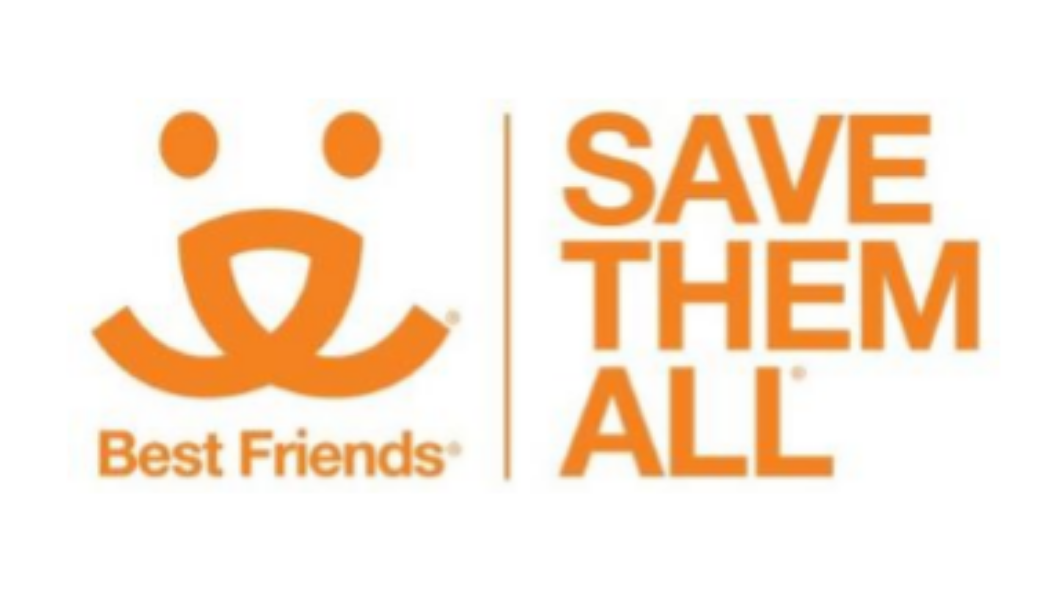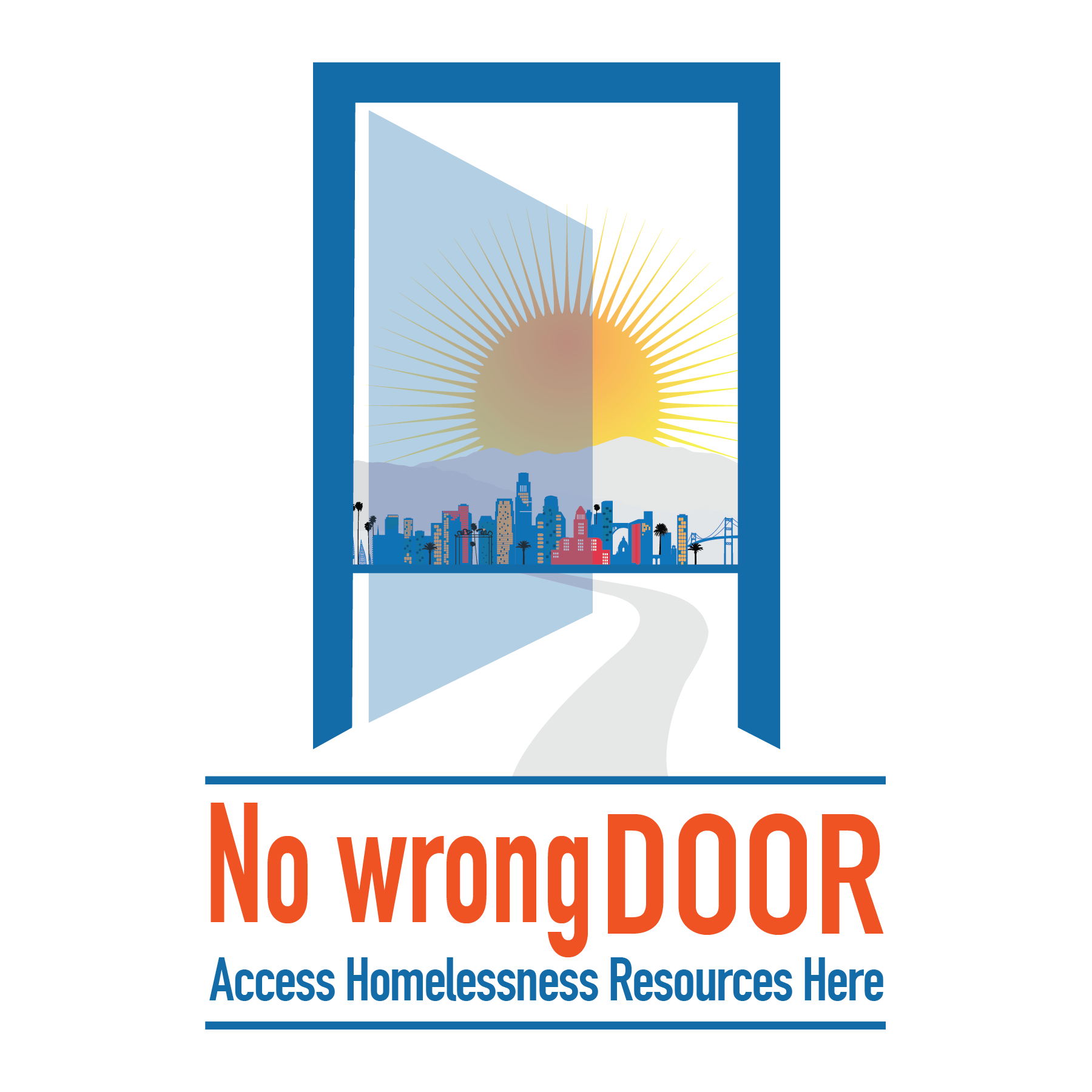Emergency Preparedness
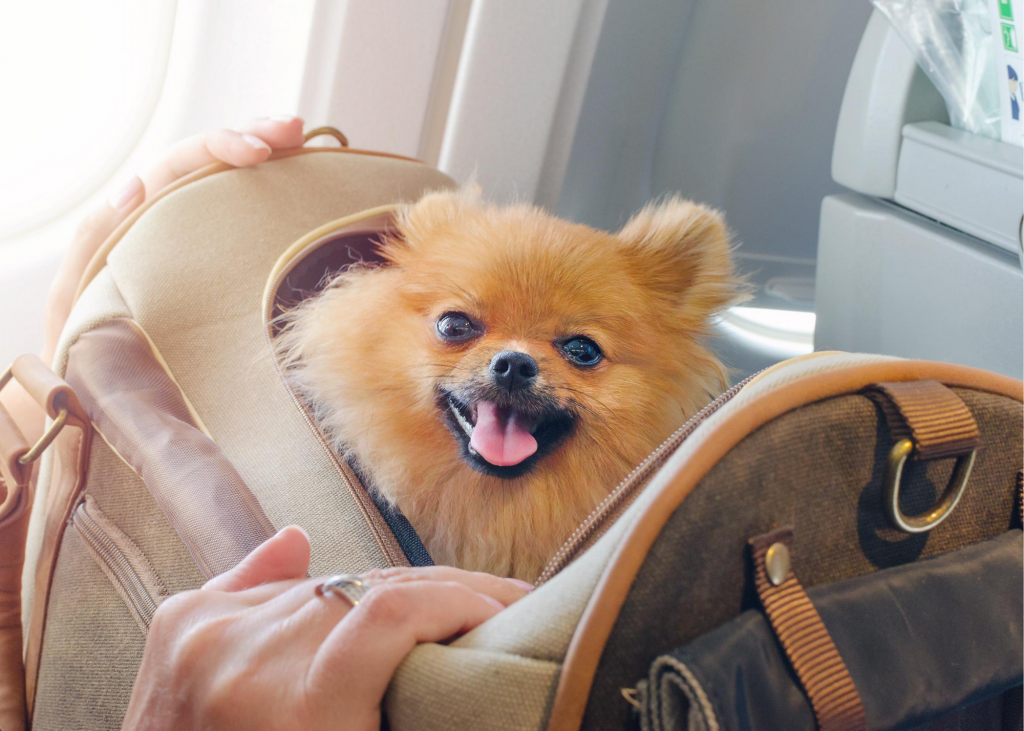
The best way to handle any emergency or disaster is by being prepared. An unpredictable emergency situation such as an earthquake, flood, or wildfire can happen at any time. Making a plan to be as ready as possible will help all of your family members, two-legged and four-legged alike, be safe for any emergency.
Be Prepared
Plan ahead to be ready for any natural disaster or emergency situation with these tips, and by using this checklist.
- Make sure your pets are microchipped and have proper identification. This is the single most important step you can take to ensure that you and your companion animals will be reunited if you are separated. Don’t forget to include alternate contacts with the microchip registration, such as your cell phone number and phone numbers for an out-of-area relative so that you can still be contacted in the case of an evacuation.
- Make sure your pet is wearing tags with up-to-date identification. Your dog should have a current City license. Your pet’s microchip should be registered with your correct contact information. If you and your animal are separated proper identification will help reunite you both.
- Have a rescue alert sticker visible (available at your local pet supply store) visible in one of your home’s windows that lists the number and species of animals residing in your home. Have a rescue alert sticker visible in one of your home’s windows that lists the number and species of animals residing in your home. If you evacuate with your pets during an emergency, and time allows, write “Evacuated” across the alert sticker.
- Prepare an emergency kit. Put together a backpack of emergency supplies for your pet such as food and water for several days, treats, medications, toys and blankets. Make sure that perishable items are replaced every few months. Keep a back-up a supply of pet food, prescription medications, kitty litter, and essentials.
- Create copies of important documents for your animal such as vaccination records, microchip information, photos of your pet, your contact information, friends/relatives contact information, any notes on feeding, medication, and behavior. Keep a copy off-site with a friend or family member, in Cloud storage and tape a copy to a portable kennel.
- Train your companion animal to be comfortable in a portable kennel. If an emergency happens or you have to evacuate, this will help your pet feel safe and make it easier to transport them.
- Get to know your neighbors. If you are not home when an emergency happens, your neighbor can check on your animal and help evacuate your pet if necessary.
- Find a safe place to stay ahead of time in case you have to evacuate. Identify hotels inside and outside your area that accept pets during emergency situations. If you cannot take your furry family member with you, identify boarding facilities nearby and outside of your area where you can take your pet
During an emergency, TAKE YOUR ANIMALS WITH YOU!
It is simply too dangerous to leave companion animals unattended during natural disasters. The best way to ensure the safety of your pets is to evacuate with them
Horse and Large Animal Preparedness for Emergencies
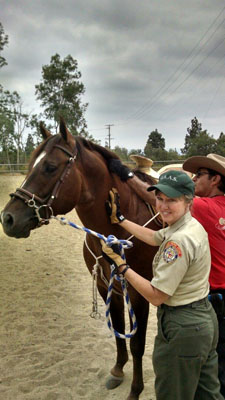 1. Make sure your horse is identifiable with a bracelet and microchip. Despite your best efforts, your horse may run off or be separated from you. An ID bracelet can be purchased online or you can make your own with your contact information. Place the bracelet round the horse’s back foot. A microchip can be scanned and easily locate you through a database. The odds will be much better for reuniting you and your horse!
1. Make sure your horse is identifiable with a bracelet and microchip. Despite your best efforts, your horse may run off or be separated from you. An ID bracelet can be purchased online or you can make your own with your contact information. Place the bracelet round the horse’s back foot. A microchip can be scanned and easily locate you through a database. The odds will be much better for reuniting you and your horse!
2. Plan for an evacuation. Train your horse to load into a trailer.
3. Identify alternate ways that you can trailer and/or walk your horse(s) to nearby stables or other designated safety zones.
4. Pre-arrange for boarding at stables outside the City of Los Angeles, if possible. LA Animal Services can only provide evacuation sheltering for equines at Los Angeles Fire Department identified mandatory evacuation areas. You, as the animal owner, are responsible to plan ahead and find alternative stables that can accept your animal in case of evacuation orders.
5. Have a surplus of feed available. Don’t let yourself get down to the last bale when disaster strikes.
6. Have an emergency three day supply of water available (use drums or barrels).
7. Keep a leather halter near the corral that’s easy to find for emergency responders in case you are not able to evacuate your horses yourself. A nylon halter is not recommended because it can cause serious burns.
8. Never turn your horse or livestock loose during a wildfire. You do not know how they will react and they could be dangerous to you or others. If you have to evacuate without your animals, keep them in a safe fenced paddock until the threat passes or emergency help arrives.
Also, assemble an animal evacuation kit with the following materials:
- One durable animal carrier displaying your name, address, and phone number for each animal in your household
- Pet food (make sure that all canned meals have peel tops and use by date should be checked)
- Blankets
- Bottled water (5 gallons per animal is ideal)
- Leash, harness and collar
- Photocopies of medical and immunization records
- Recent photos of your pet (in case you need to create “lost” flyers or provide proof of ownership)
- Wet wipes
- Litter pan and cat litter
- Plastic bags
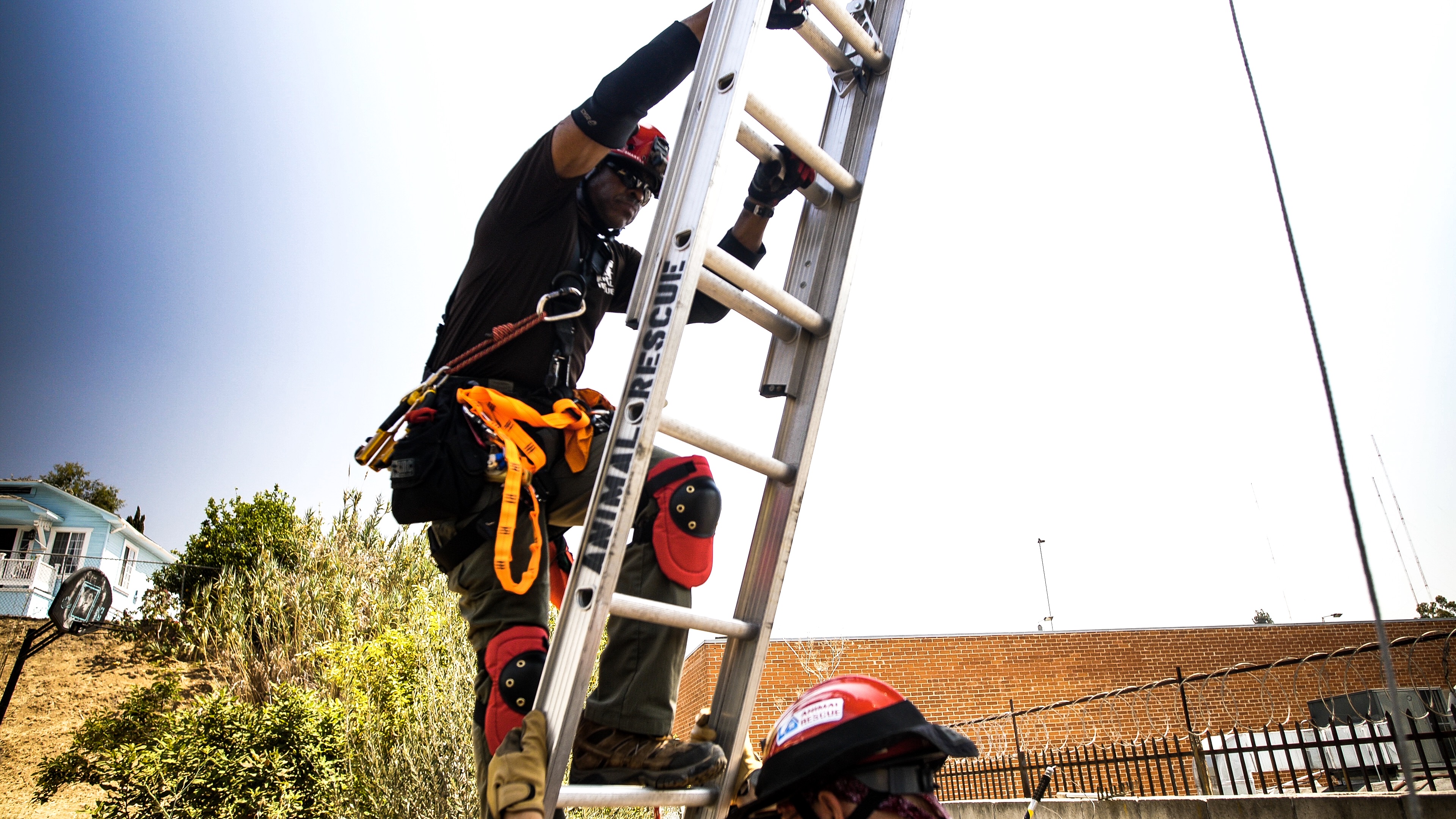
If you need to evacuate, TAKE YOUR ANIMALS WITH YOU. It is simply too dangerous to leave companion animals unattended during natural disasters. The best way to ensure the safety of your pets is to evacuate with them.
Locate pet-friendly lodgings. Contact establishments prior to an emergency to obtain their pet policy. The following hotel chains accept pets at some or all of their locations (please note that restrictions and additional fees may apply):
America’s Best Value Inn
Best Western
Econo Lodge
Kimpton Group Hotels
La Quinta Inn & Suites
Marriott
Motel 6
Radisson
Red Roof Inn
In the event of an emergency where evacuations are ordered by emergency personnel, Los Angeles Animal Services will activate evacuation sites for equines and other large animals. Various locations may be used, depending on the location of the emergency and the area to be evacuated.
If there is an emergency in your area and you believe evacuation is likely, or if you have been ordered to evacuate, please contact one of the animal Shelters below to get current information on large animal evacuation sites for your area.
West Valley Center : (818) 756-9325 from 8 a.m. to midnight.
East Valley Center : (818) 756-9323 24 hours a day
Evacuations and disasters can happen at any time. Being prepared and ready to go will help you, your family and your pets stay safe in an emergency. Below are resources to help you plan including a video and a printable flyer with pet and livestock information.
Emergency Preparedness for Your Pets – LA Animal Services flyer with information on how to prepare your pets and livestock for disasters
Disaster Preparedness for Pet Owners (FEMA) – Watch a video with Dr. Jeremy Prupas – Chief Veterinarian
NotifyLA – City of Los Angeles mass notification system used to send out voice, text and e-mail messages to residents and businesses during times of emergencies
National Weather Services – Get up to date weather information for Los Angeles
Ready LA – General emergency preparedness information for the City of Los Angeles






